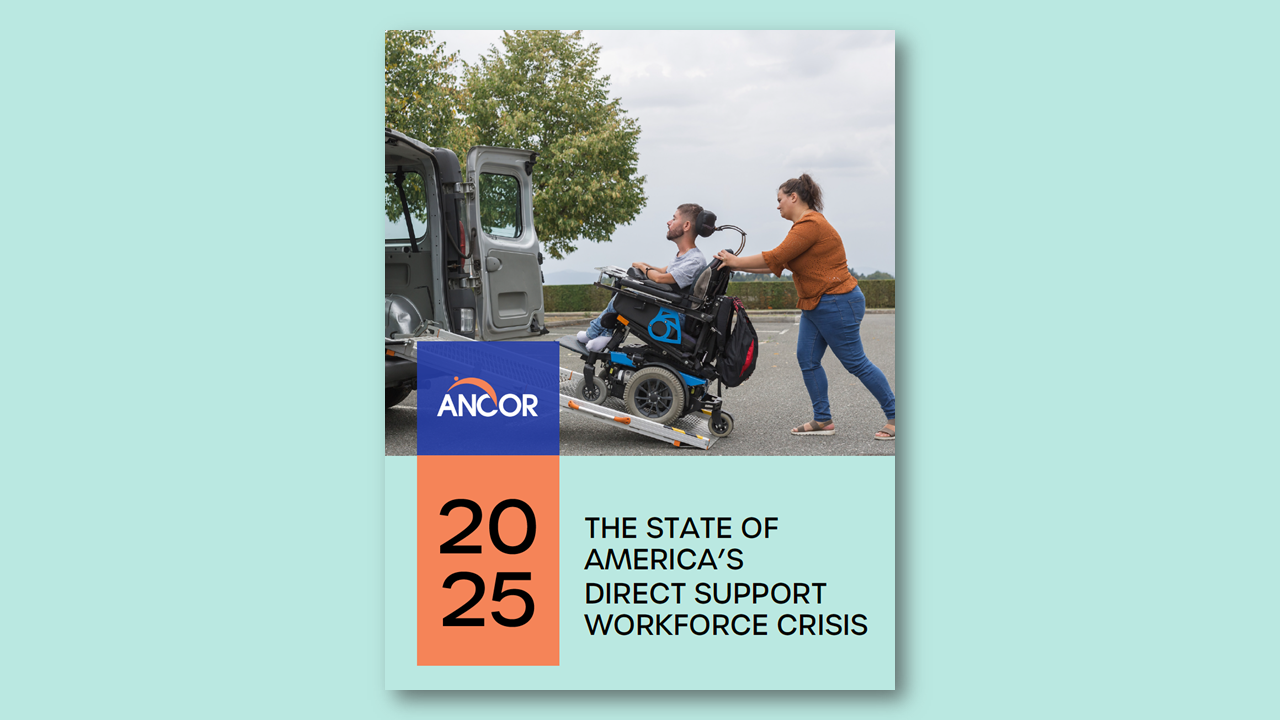Press Release - 10.29.25
Shortage of Direct Support Workers Persists as Service Providers Brace for Medicaid Funding Reductions

Share this page
Stay Informed on the Latest Research & Analysis from ANCOR
More News
ANCOR in the News - 12.03.25
Strategic Mergers Are Reshaping IDD and Behavioral Health Care: CFHS Leads Agencies Through Growth With Purpose
Capitol Correspondence - 12.02.25
Clock Ticks on ACA Subsidies as Proposals Hit Resistance
Capitol Correspondence - 12.02.25

